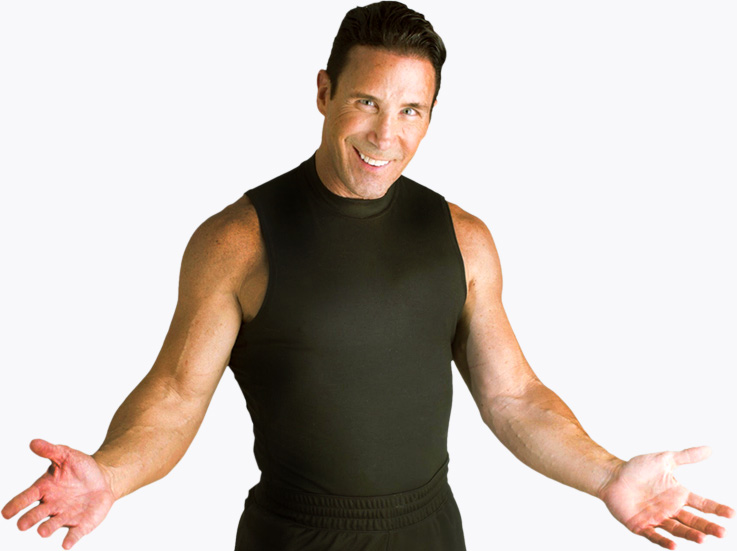04/23/2019
Feeling the Heat!
Temperatures are rising and it is important to remember that exercising in hot weather can put additional stress on your body. If you don't take care when exercising in the heat, you can endanger your long-term health.
You may want to tweak your workout to prevent heat-related problems such as heat stroke or heat cramps while keeping active. Here are a few important pointers to keep in mind:
-
Drink Water. We sweat more when the temperature’s hot, especially when working or exercising in the heat. You also burn more calories working out in hot weather due to the extra cardiovascular effort required to cool the body when blood is pumped to the skin — this results in increased perspiration. It’s important to drink water to replenish the fluids lost by any excessive sweating.
-
Acclimate. Give yourself time to adapt to the heat and take it easy at first when you exercise in the heat. As your body adapts to the heat over the course of one to two weeks, gradually increase the length and intensity of your workouts.
-
Eat regularly. Your appetite may be reduced on hot days, so try eating 5-6 small meals throughout day. Eat a lot of fruit and vegetables, they’re in season and nutritious.
-
Watch the humidity. There may be days when it’s just too hot and humid for you. Heat combined with humidity increases the risk of a heat-related illness, so consider other exercise options when temperatures spike.
-
Avoid the midday sun. Plan your outdoor sessions before 10 a.m. and after 4 p.m.
-
Know your medical risks. Some medications or medical conditions may increase the risk of a heat-related illness. Talk to your medical adviser about precautions!
However, there is new, very interesting research being done on heat and fitness. A recent study from the University of Oregon followed the performance of twelve extremely high-level cyclists over a 10-day training period in 100-degree heat. The participants included 10 men and 2 woman and had a 2-day break during the program. A control group followed the same exercise regimen in 55-degree room. Both groups worked in the same humidity -- 30 percent humidity.
The findings? The cyclists who worked through the heat saw a 7% improvement in their performance, while the control group showed no improvement. Additionally, the group that worked out in the 100-degree heat not only acclimated to the heat, they also improved their performance in cooler weather.
It's a fine line, pace yourself, be mindful of your environment, and have fun with it!























